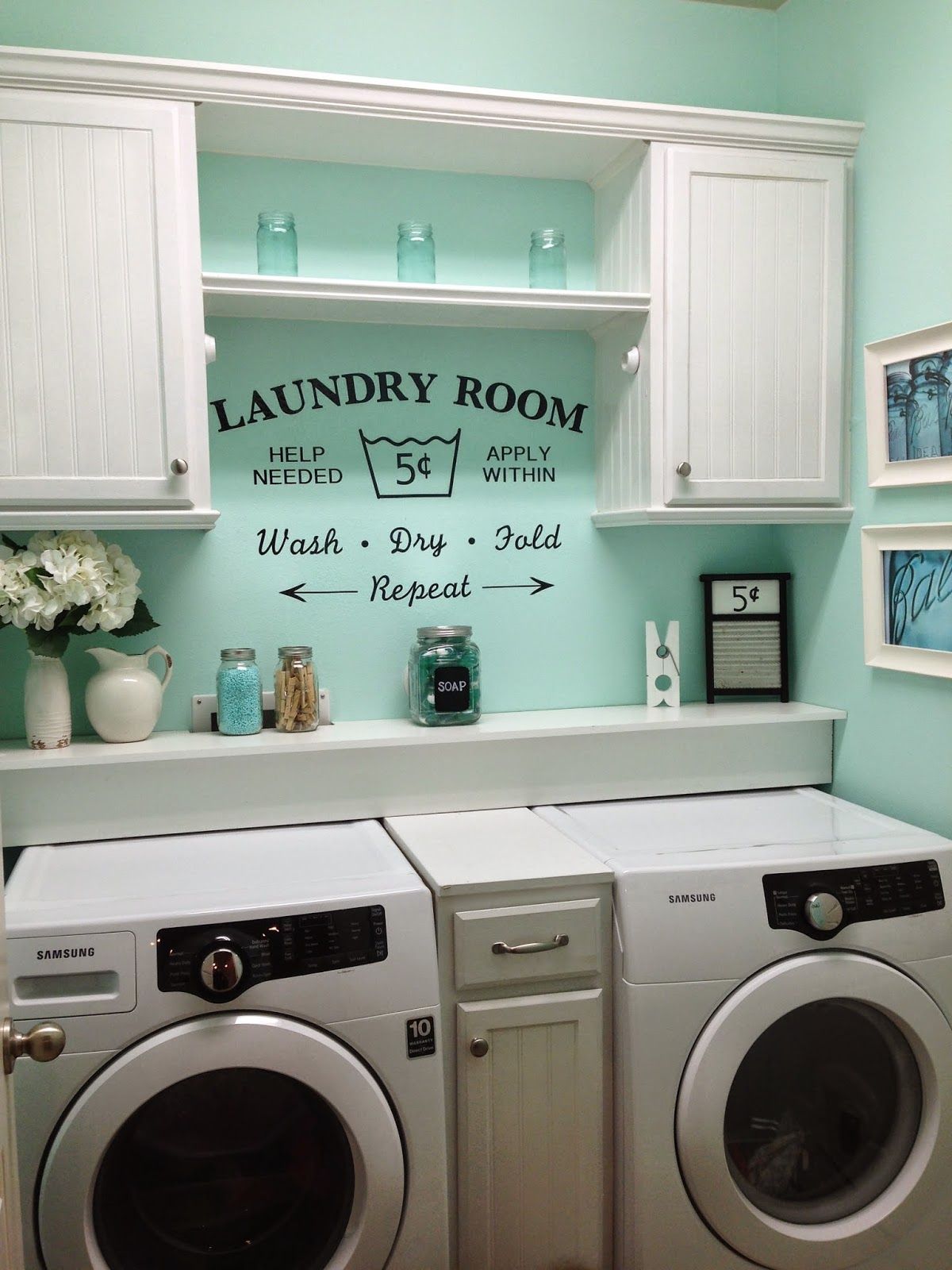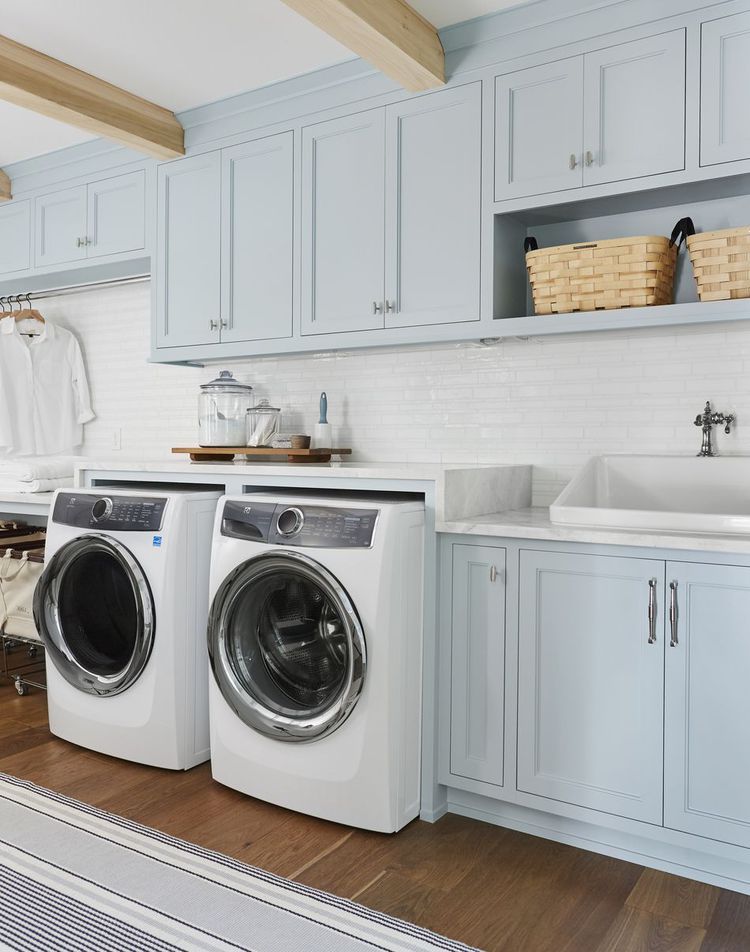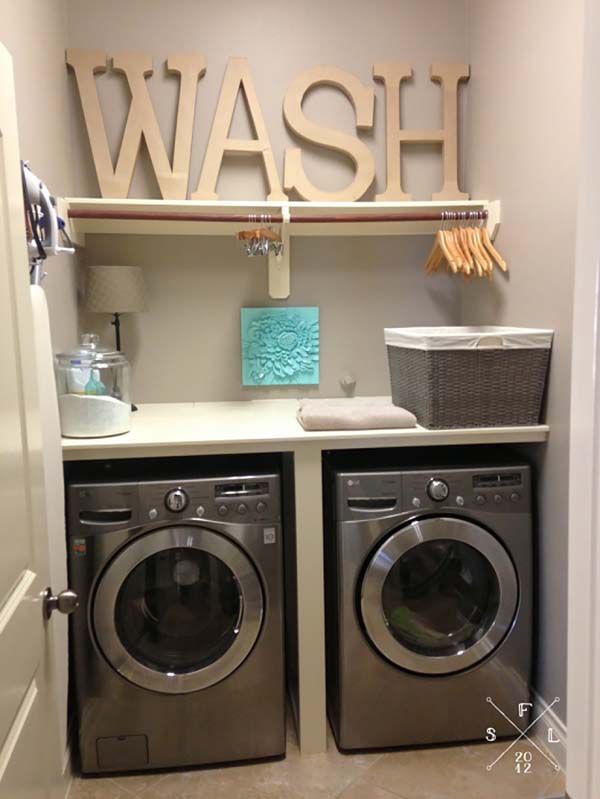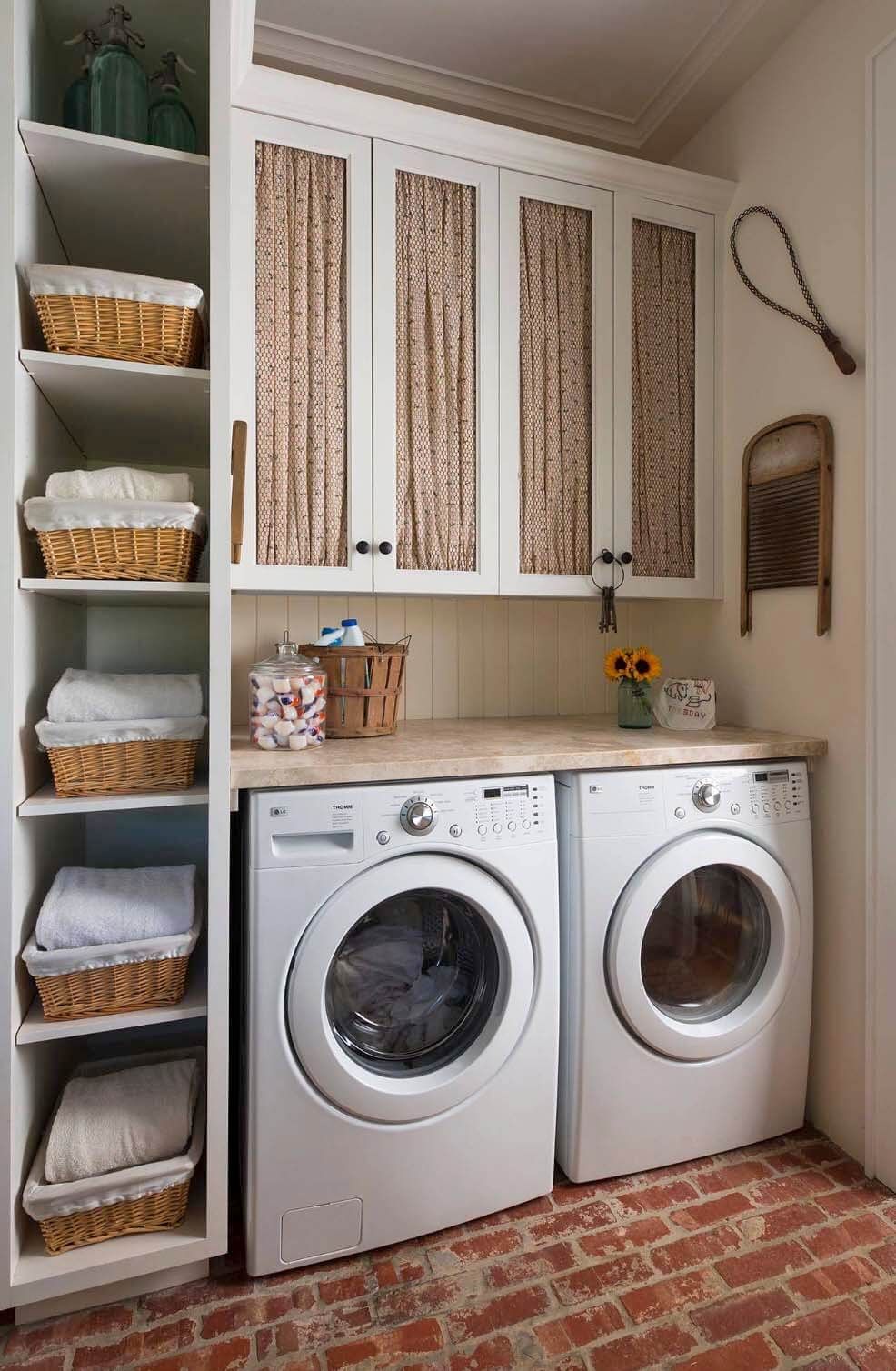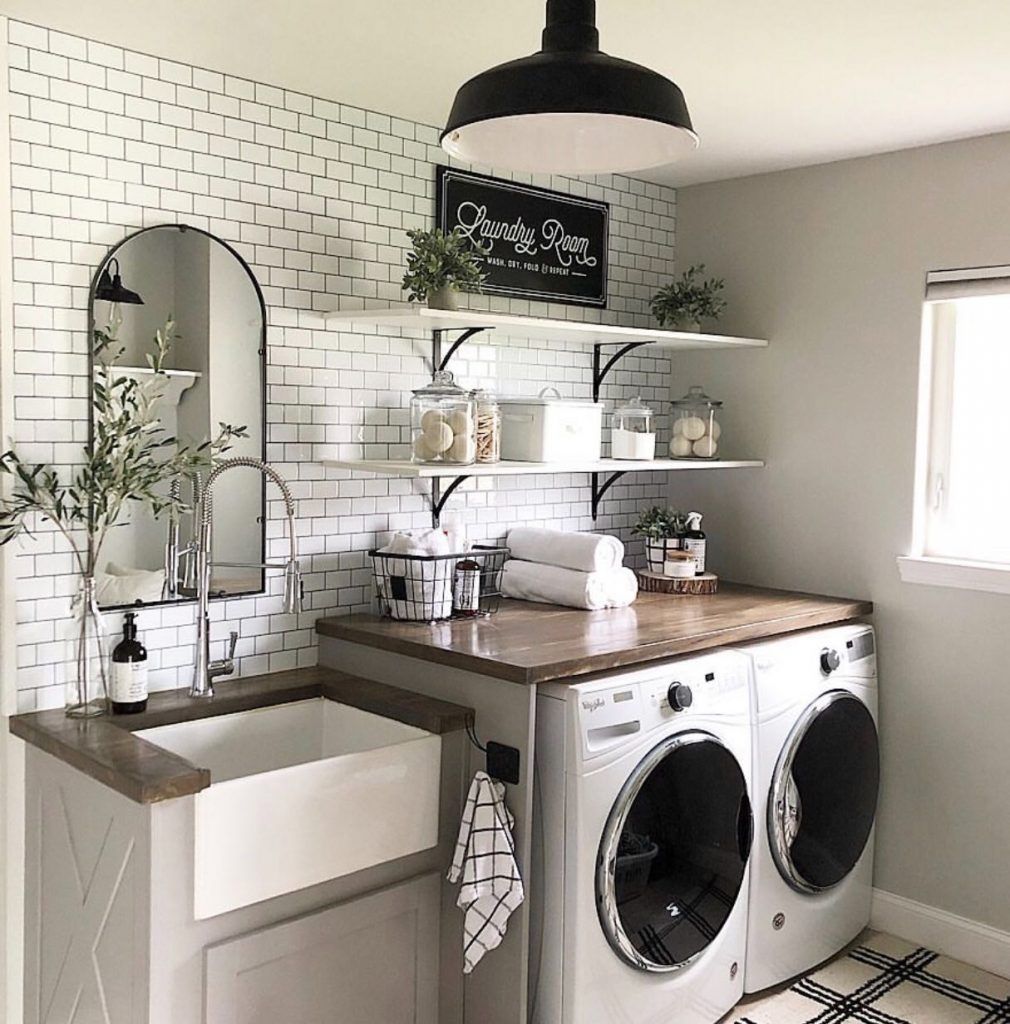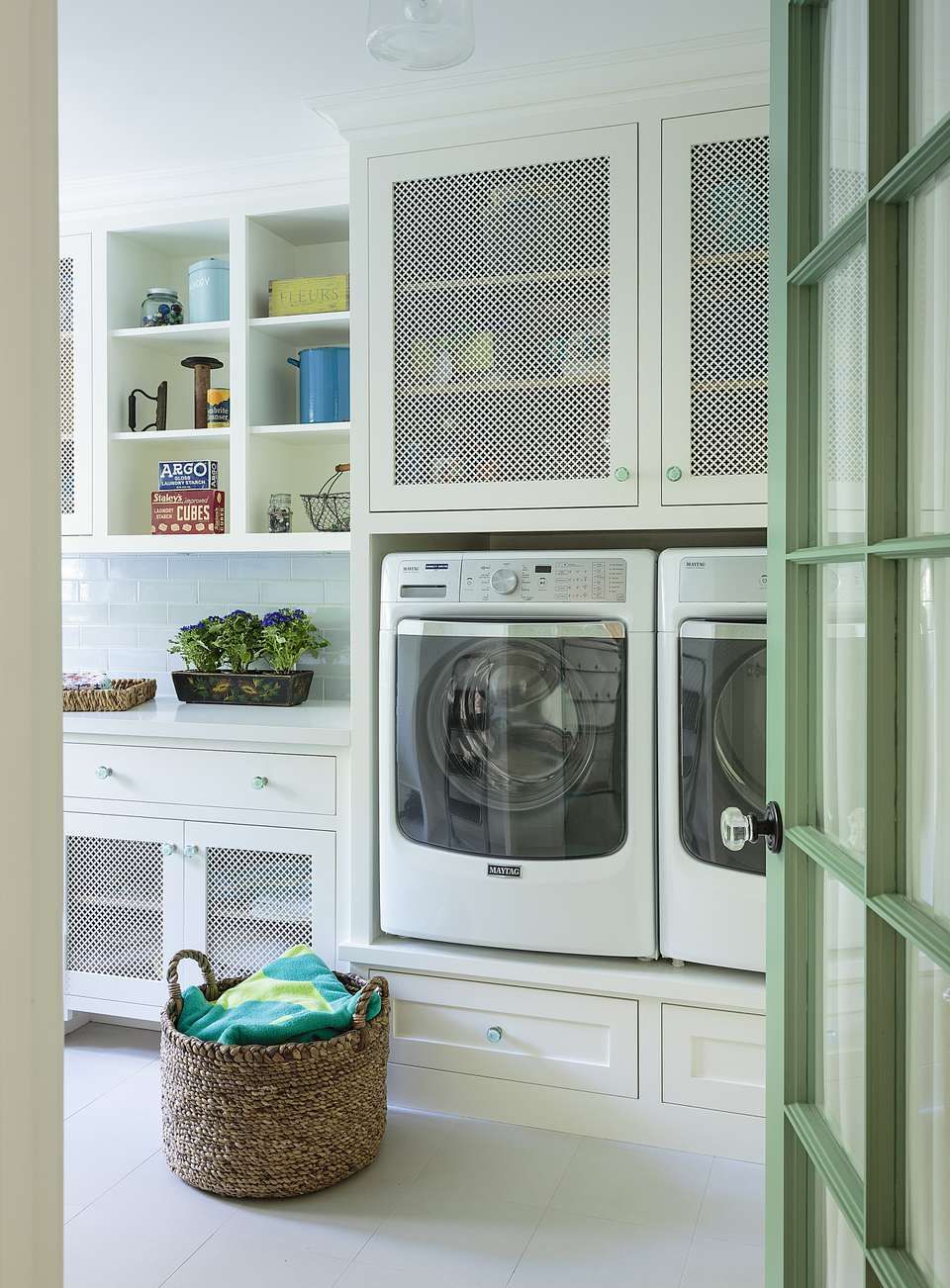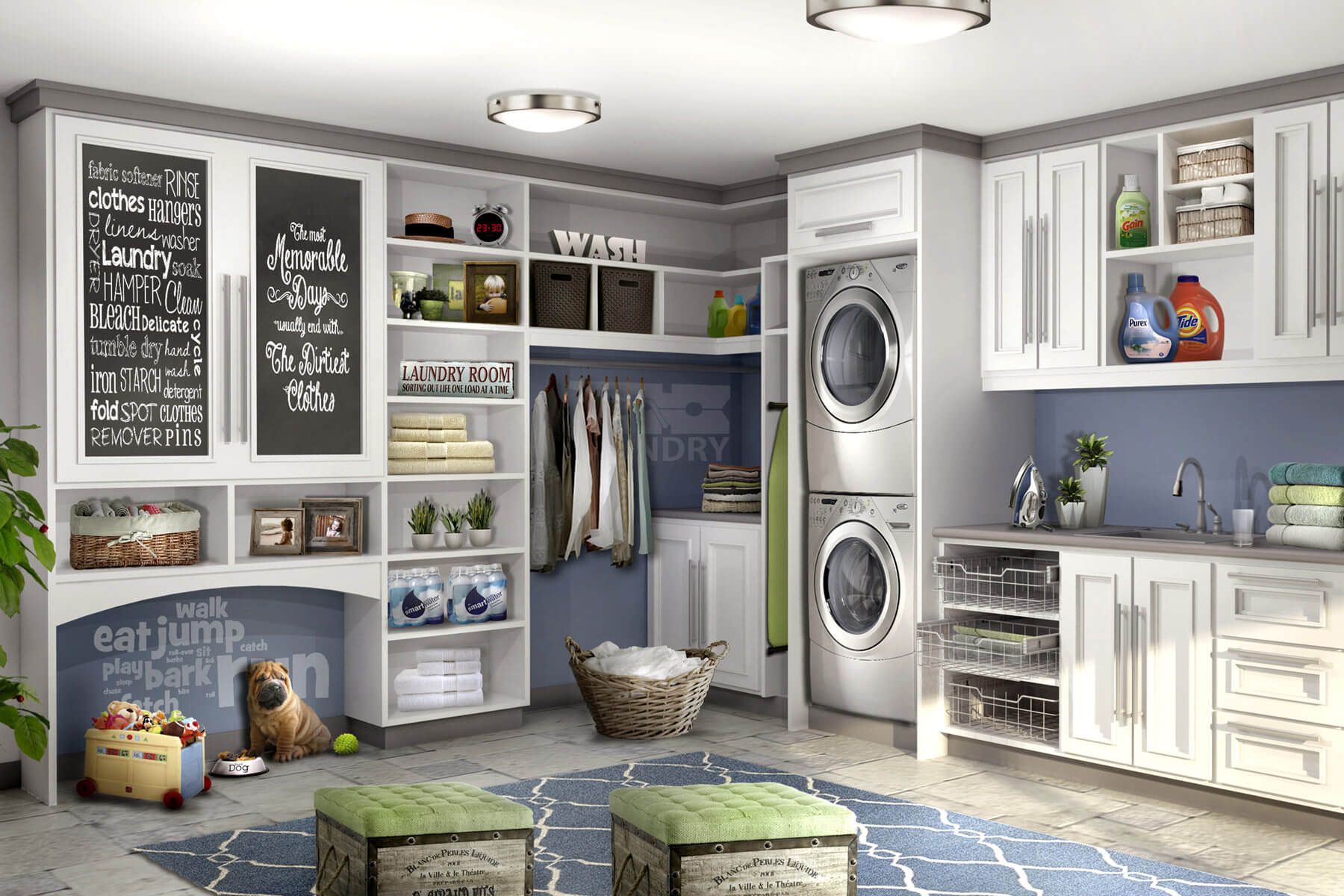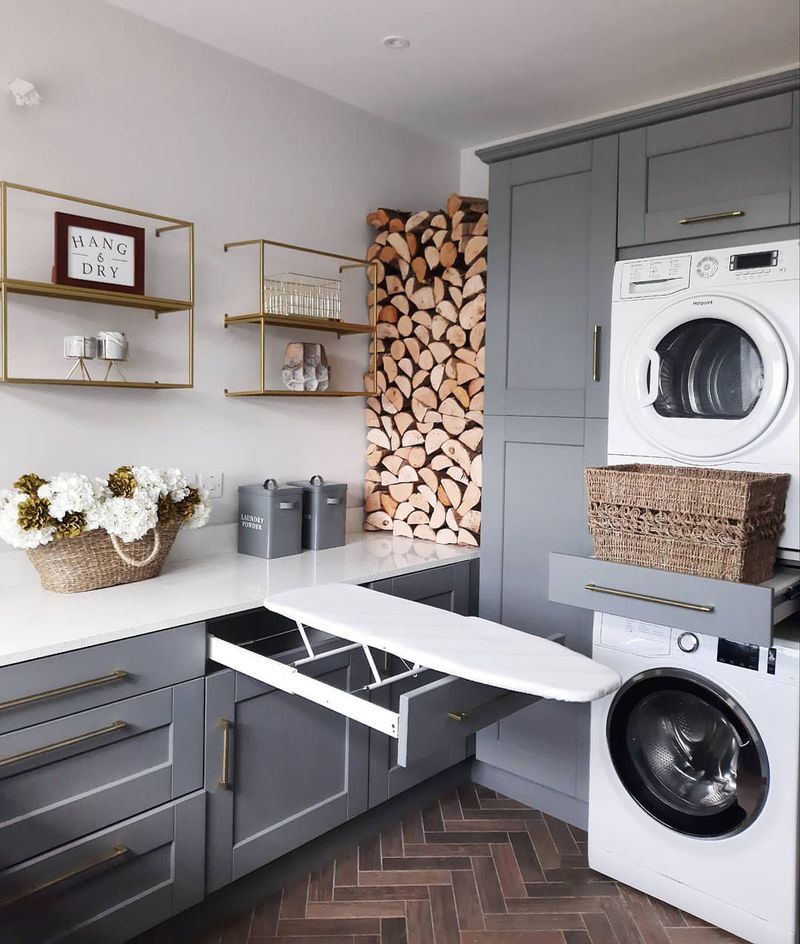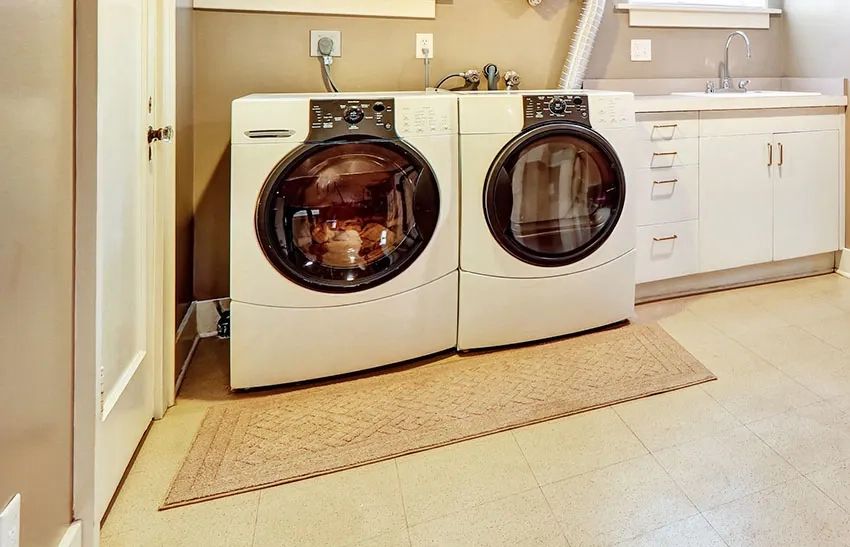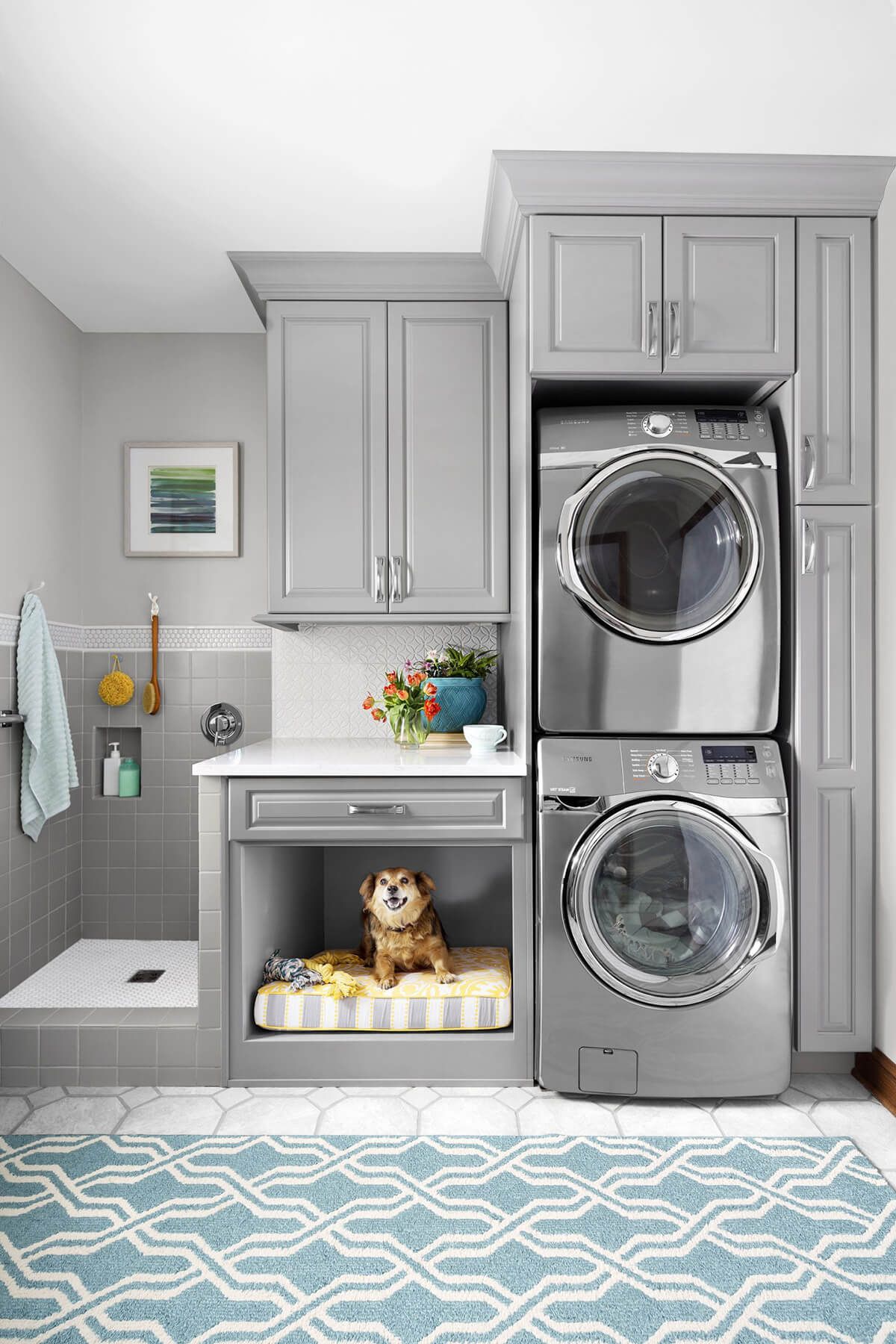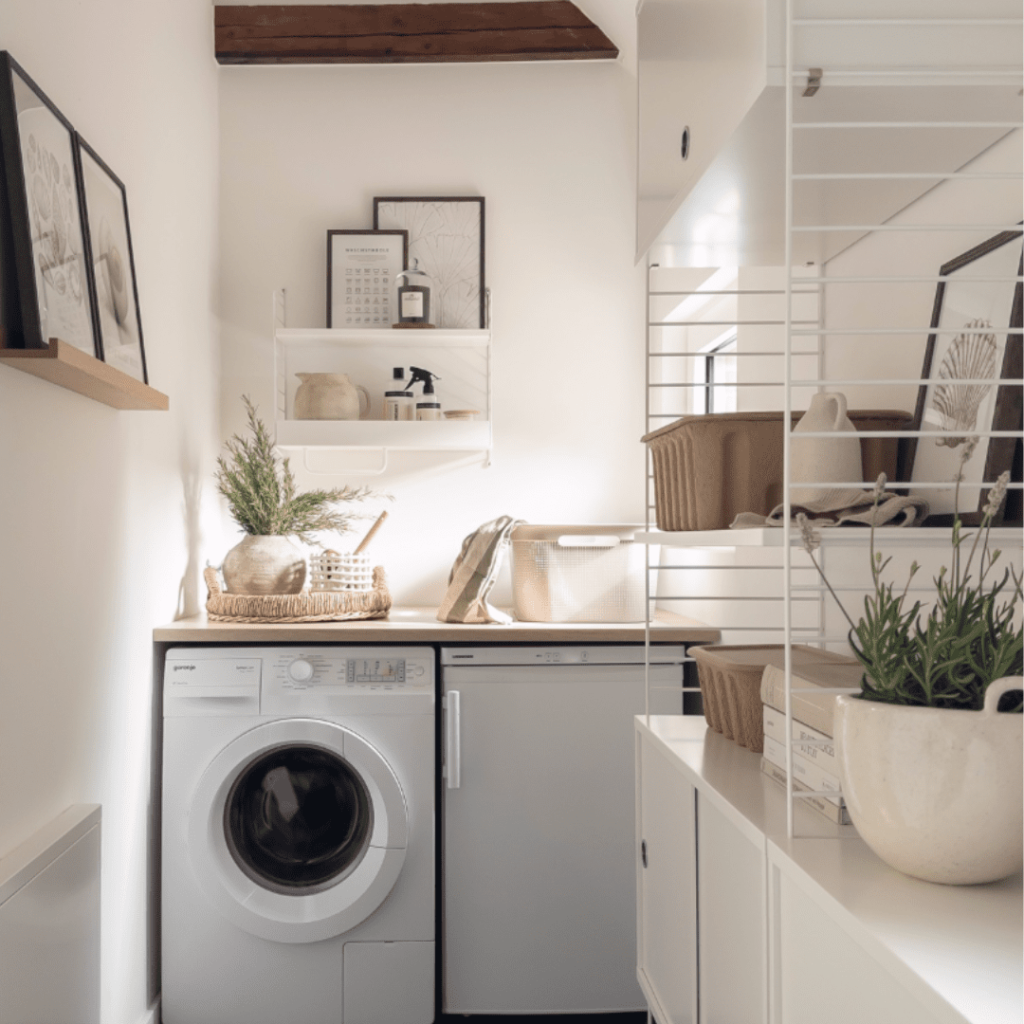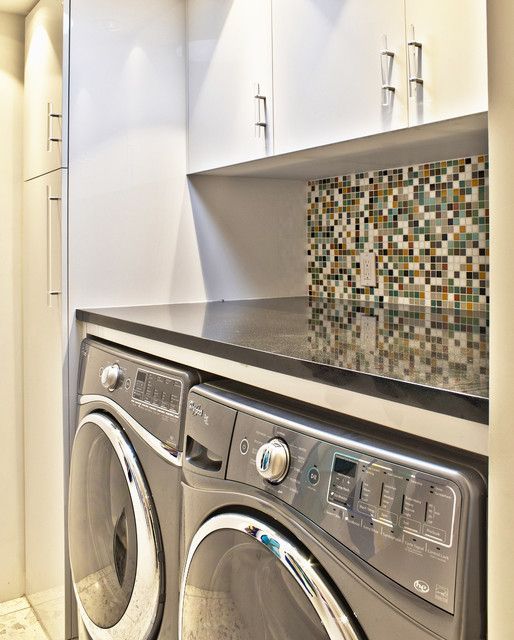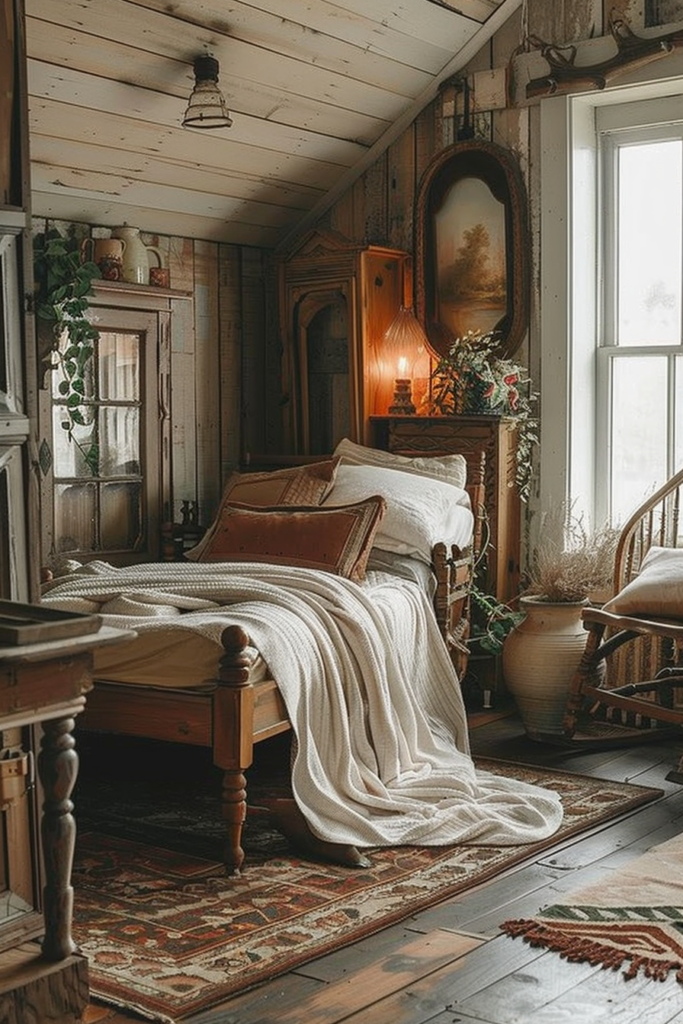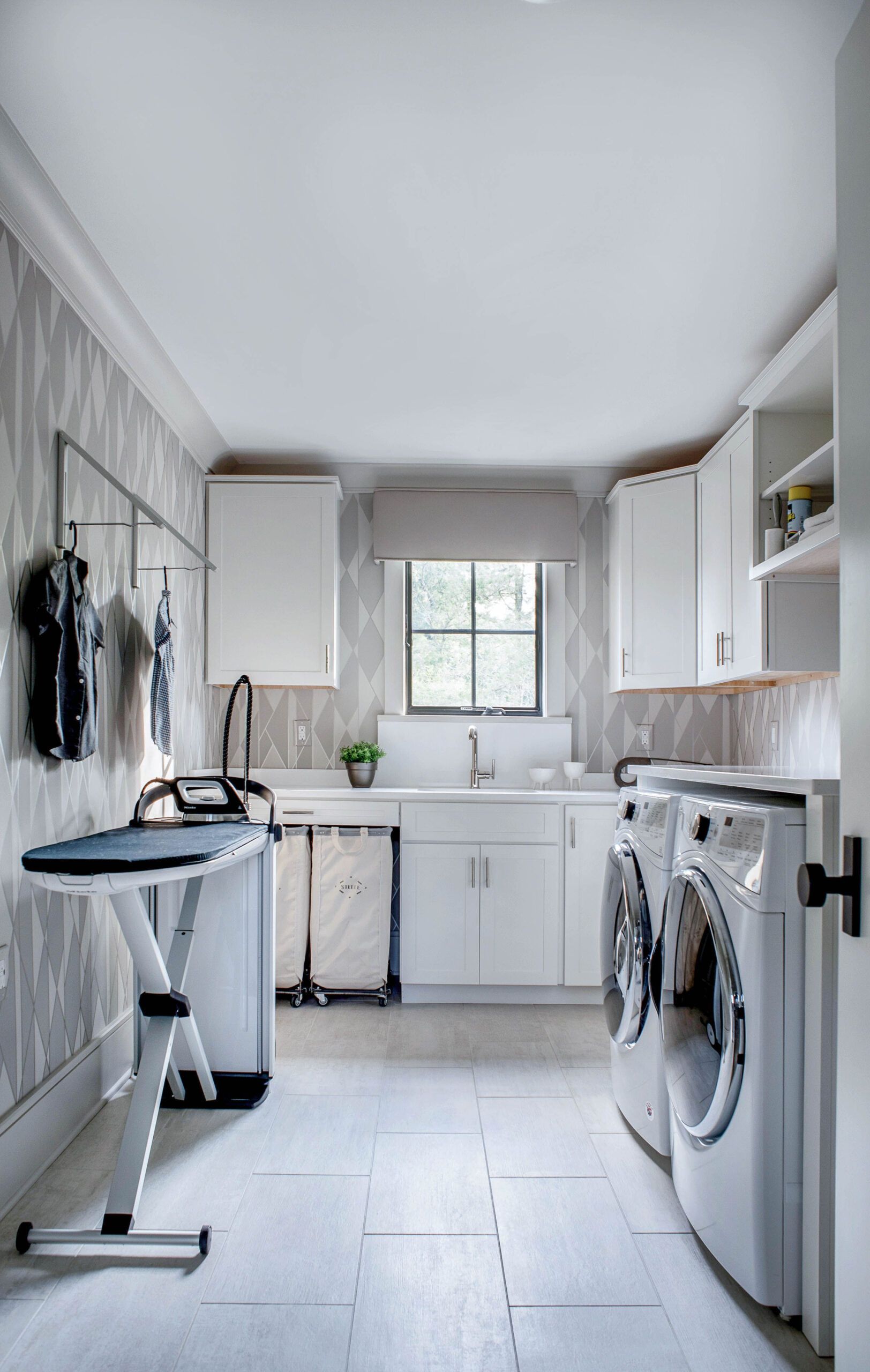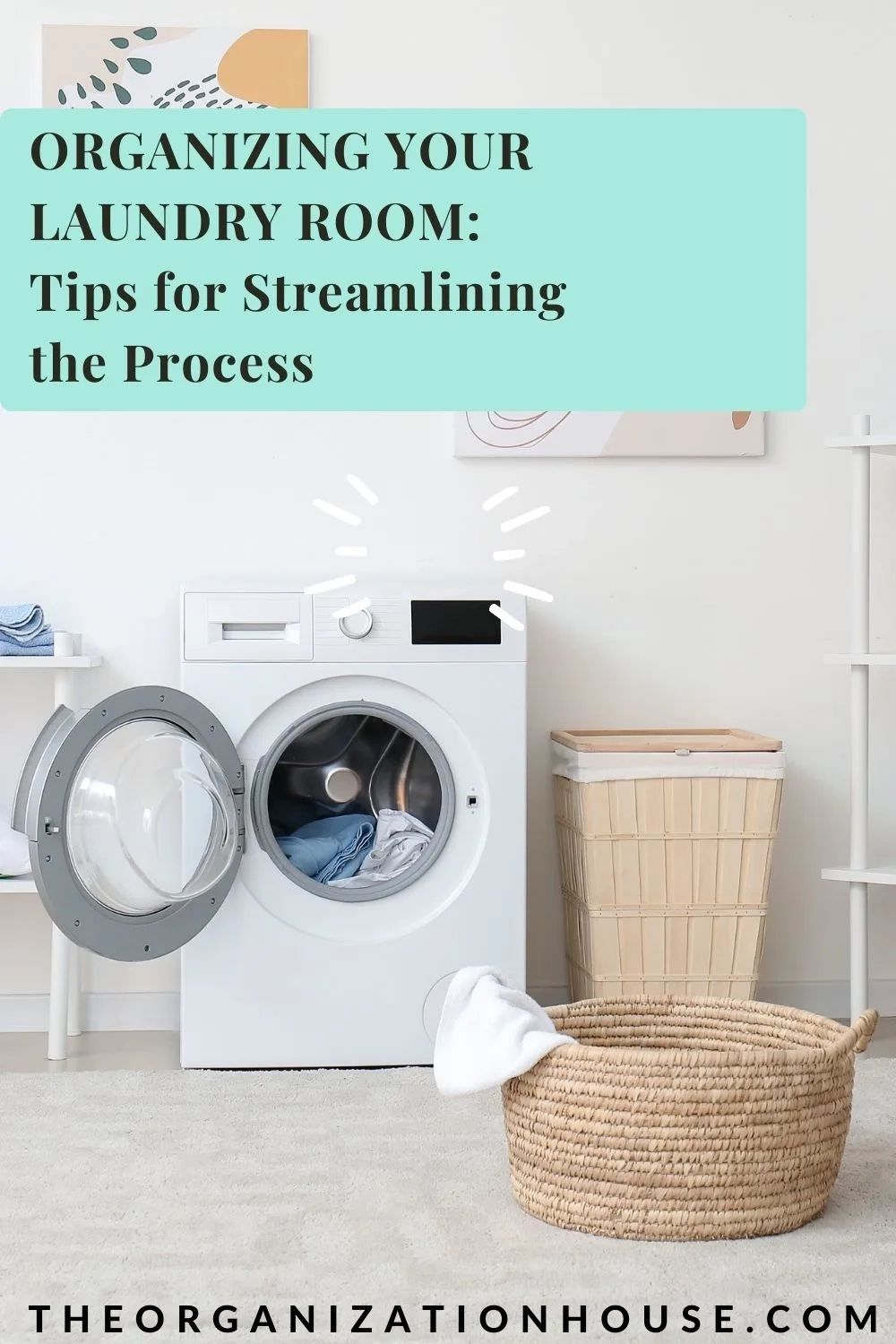For those who love sewing, there’s a special kind of magic in the whir and clack of a vintage sewing machine. These mechanical marvels are not just tools; they’re pieces of history, each with a story to tell. From the sturdy Singer models of the early 20th century to the elegant European brands, these machines represent a time when craftsmanship and enduring design were paramount. This guide is designed to help you, the enthusiastic beginner, navigate the captivating world of vintage sewing machines.
So, you’re intrigued by vintage sewing machines? Wonderful. You’re in for a rewarding journey. These machines are more than just relics of the past; they’re reliable, beautiful and often, far more capable than their modern counterparts. They offer a unique sewing experience, and the chance to connect with a rich history of textile arts. This guide will break down everything you need to know to get started, from understanding the different types of machines to finding your first treasure. Let’s dive in.
A Brief History of Sewing Machines
The story of the sewing machine is a story of innovation and ingenuity. The earliest attempts to mechanize sewing date back to the late 1700s, but it wasn’t until the mid-1800s that these machines became commercially viable. Pioneers like Isaac Singer and Elias Howe revolutionized the textile industry, and sewing, forever. Singer’s mass production and clever marketing played a huge role in popularizing the machines. These early machines, made of cast iron and steel, were built to last, and many of them are still sewing today. The evolution continued with improvements in speed, features, and portability, but the basic principles of the lockstitch remained the same.
Recognizing the Different Types of Vintage Sewing Machines
Not all vintage sewing machines are created equal. There are several types you’ll encounter, each with its own characteristics.
- Treadle Machines: These machines are powered by a foot-operated treadle, which moves a belt connected to the flywheel. They’re a great option for those who want a more manual sewing experience and enjoy the rhythm of sewing. They’re also quite beautiful, often housed in ornate cabinets.
- Hand Crank Machines: These machines are powered by a hand crank. They’re typically more compact and portable than treadle machines. They are good for smaller projects.
- Electric Machines: These machines were introduced later, and they use an electric motor for power. They offered a significant advantage in terms of speed and ease of use.
- Portable Machines: These are smaller, lighter machines, often with a carrying case, great for people with limited space, or those who want to take their sewing projects on the go.
Knowing these differences will help you make an informed choice when shopping.
Key Brands to Know
Some brands stand out due to their history, quality, and availability of parts. Here are a few to keep in mind:
- Singer: Singer is, without a doubt, the most well-known brand. They produced a huge variety of models, and their machines are generally reliable and easy to find. The Singer 15, 66, and 99 are popular and robust models.
- White: White Sewing Machine Company was another prominent player, known for its innovative designs.
- Bernina: Bernina machines, particularly those from the mid-20th century, are highly regarded for their precision and quality.
- Viking/Husqvarna: This Swedish brand offers a blend of reliability and advanced features.
- Pfaff: Pfaff machines, often from Germany, are built for durability, and many have unique features.
Researching these brands will help you narrow down your choices and understand the value of each machine. And remember, a little bit of research can go a long way.
What to Look For When Buying a Vintage Sewing Machine
Finding the right vintage sewing machine takes a little bit of detective work. Here’s what to keep in mind:
- Condition: Inspect the machine carefully. Look for rust, damage, and missing parts. The machine should be in good working order, or at least capable of being restored.
- Completeness: Does the machine have all its original parts, including the bobbin case, bobbins, and attachments? Missing parts can be difficult or expensive to replace.
- Mechanical Function: Try the machine if possible. Does the handwheel or treadle turn smoothly? Does the needle move up and down? Listen for any unusual noises.
- Motor (for electric machines): Check the motor for proper function. Does it run quietly and efficiently?
- Original Documentation: If the machine comes with its original manual, it’s a major bonus, as it can provide valuable information on maintenance, and how to use the machine.
- Price: The price varies depending on the brand, model, and condition. Do your research to find out what similar machines are selling for.
Don’t be afraid to ask questions, and take your time before making a purchase. It’s ok to walk away if something doesn’t feel right.
Where to Find Vintage Sewing Machines
There are several great places to start your search:
- Antique Shops and Flea Markets: These are great places to discover vintage sewing machines. You can see the machine in person and often negotiate a price.
- Online Marketplaces: Websites like eBay, Etsy, and Facebook Marketplace offer a wide selection of machines. Be sure to read the description carefully, and ask the seller questions.
- Local Sewing Machine Repair Shops: Sometimes, these shops have vintage machines for sale, or they may know of someone selling one.
- Estate Sales and Auctions: Estate sales and auctions can be a great place to find hidden gems, but be prepared to do some research and be patient.
Be patient, and don’t rush your search. The perfect machine is out there, waiting for you.
Getting Started with Your New Vintage Machine
Once you’ve found your machine, it’s time to get sewing. Here’s a beginner’s guide:
- Cleaning and Oiling: Before you start sewing, clean and oil your machine. This will help it run smoothly and prevent damage. Consult your machine’s manual for specific instructions, or search online for tutorials.
- Threading: Threading a vintage machine can be a bit different than threading a modern one. Refer to your manual, or search online for a threading guide for your specific model.
- Bobbin Winding: Ensure you know how to properly wind the bobbin.
- Needle and Thread: Use the correct needle and thread for your fabric. Vintage machines often work best with cotton thread.
- Practice: Start with simple projects, and practice on scrap fabric until you feel comfortable with your machine.
- Maintenance: Regularly clean, oil, and maintain your machine to keep it in great condition.
With a little bit of practice, you’ll be sewing beautiful creations in no time. And remember, don’t get discouraged if it takes a little bit to get the hang of things. It’s a learning process, and it’s all part of the fun.
Troubleshooting Common Problems
Vintage sewing machines, like any machine, can sometimes have problems. Here are some common issues and their solutions:
- Thread Breakage: This can be caused by a variety of things, including incorrect threading, a dull needle, or the wrong thread. Check the threading, replace the needle, and try a different type of thread.
- Skipped Stitches: This can be caused by a bent needle, incorrect needle size, or improper tension. Replace the needle, check the tension, and make sure the needle is properly seated.
- Tension Issues: The top and bottom threads need to be balanced to form a good stitch. Adjust the tension dials until the stitches look balanced.
- Machine Runs Stiffly: Clean and oil the machine, and make sure the belt (for treadle machines) is in good condition.
- Bobbin Problems: Make sure the bobbin is wound correctly and inserted properly. Check the bobbin tension.
If you’re having trouble, don’t hesitate to consult your machine’s manual, search online for tutorials, or take your machine to a qualified repair technician.
The world of vintage sewing machines is full of history, beauty, and the pure joy of creating. These machines are more than just tools; they are a connection to the past, and a reminder of the enduring power of craftsmanship. By following this guide, you’re well on your way to finding your own treasure, and enjoying the unique experience of sewing on a vintage machine. So, embrace the whir of the flywheel, the rhythm of the treadle, and the magic of these remarkable machines. Happy sewing.

